The CMP Review — Week of May 26
May 26, 2025
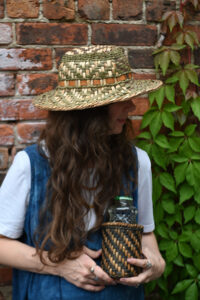
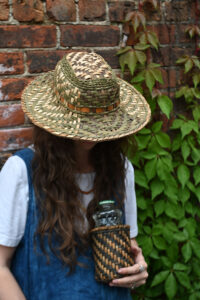

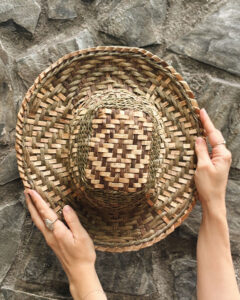
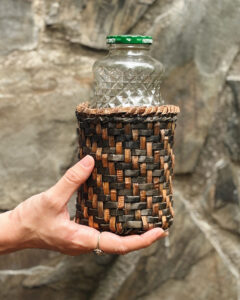
Here’s my completed hat and water bottle cover that I wove this past week. It was such a pleasure to take another class with Delia Fian. Working with raw materials from a downed log to a finished, wearable piece just delights me.
We used tulip poplar as well as invasive species like the mimosa tree, dyeing some of the bark with iron and madder to create a range of shades from the same material. Delia has also taught me how to process other invasives into weaving materials, and I’ve used them in other projects such as kudzu, wisteria, and privet. I love that we can take plants that are invasive and considered a nuisance and turn them into something of beauty.
The folded brim edge is probably my favorite part.
@tessakeath
May 27, 2025
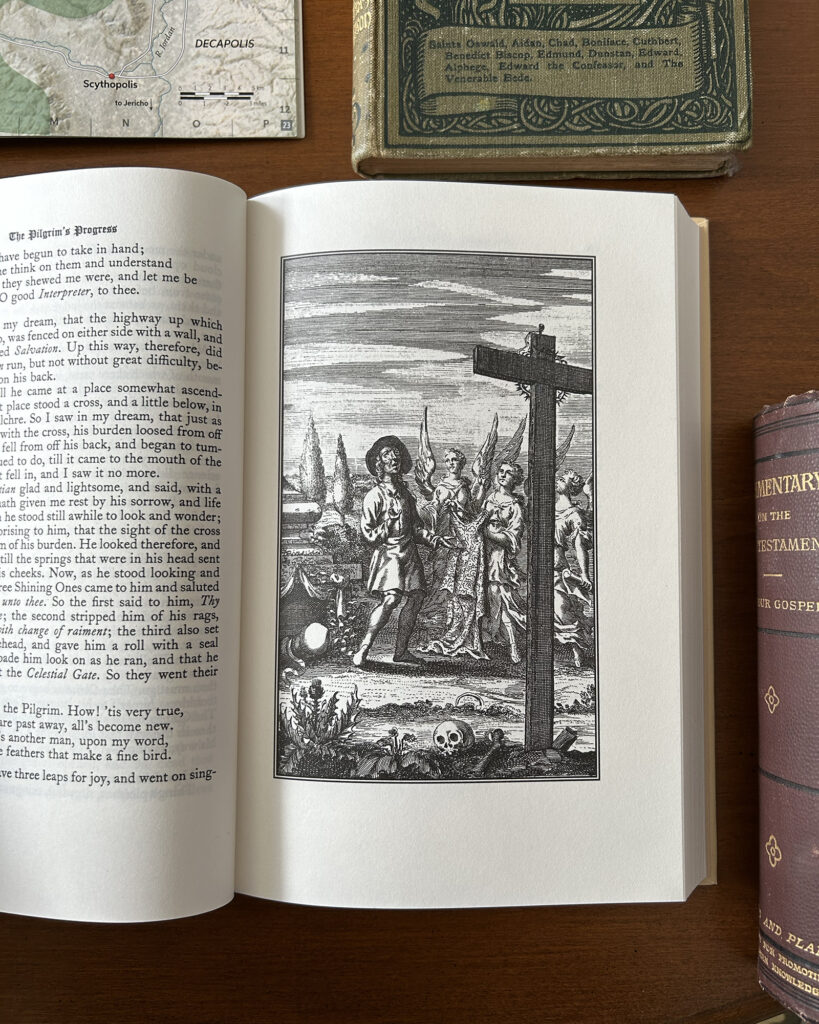
“Now one or two people have told me that the present methods of teaching in Sunday Schools do not give complete satisfaction everywhere,” wrote Helen Wix in 1917.
Has the situation improved in the past 100 years?
Many people who have discovered the life-giving ideas of Charlotte Mason have wanted to share these ideas with their local church. They have dreamed of having Sunday School lessons patterned after Miss Mason’s approach. However, they haven’t been sure how to propose such an approach or what it would really look like in practice.
Helen Wix, one of the major figures in the early Charlotte Mason movement, tackled similar questions at a series of meetings with the Sunday School teachers of her day. The papers she read were published in The Parents’ Review in two articles in 1917 and 1918.
The Charlotte Mason Poetry team has transcribed and recorded both articles into a single post so that you can obtain in one sitting Helen Wix’s complete thoughts on Charlotte Mason and Sunday school. Her suggestions are inspiring and relevant, and perhaps they might find a home in your own local church someday soon. Read or hear her papers here.
@artmiddlekauff
May 28, 2025
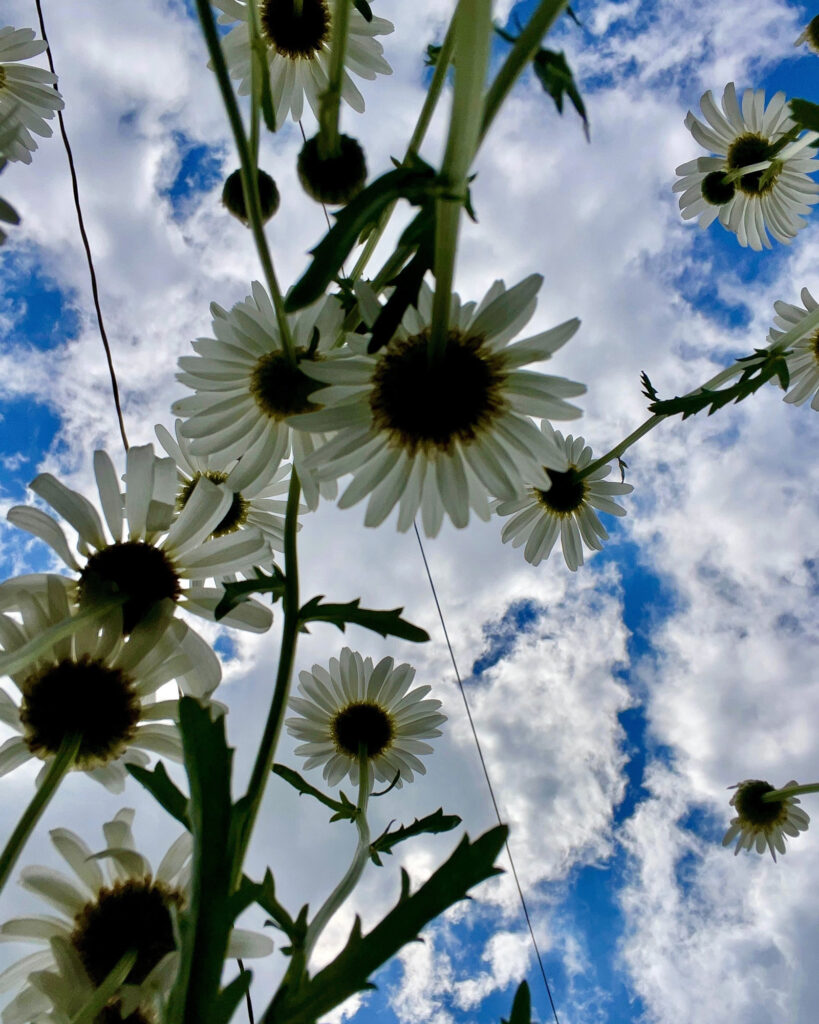
Charlotte tells us that we mothers seldom need to act as interpreters between nature and a child. Once or twice a month though,
“she will point to some lovely flower or gracious tree, not only as a beautiful work, but a beautiful thought of God, in which we may believe He finds continual pleasure, and which He is pleased to see his human children rejoice in.”
Vol. 1, p. 80
@rbaburina
May 29, 2025
In 1957, Ruth Gipps stepped up to the podium of the Royal Festival Hall. It was a momentous occasion, for she would be the first woman to conduct an orchestra at this renowned venue. Would the world applaud her courage? Would it celebrate the musicality of this gifted woman?
The program began innocently enough. But then as the evening progressed, reviewers were shocked to find themselves listening to Beethoven’s Ninth Symphony. Perhaps it was as the chorus began to sing the glorious fourth movement that a critic found himself seething that Gipps had the audacity to approach “one of the Everests of music.” “A woman is no more expected to conduct it,” he wrote, “than build a Great Boulder Dam.”
Emma Cifrino writes of a phenomenon called “false categorizing,” where the works of certain composers are “pigeonholed into genres or classifications that are seen as less serious or less valuable in order to deny their artistic value.” These works then miss being “canonized”; they are passed over by listeners at all levels, and even by home educators who are employing composer study to help their children develop an ear for beauty.
“In Gipps’s case,” writes Cifrino, “because her music was largely tonal in a culture that privileged atonal and serialist styles, it was categorized as ‘light classical’ and subsequently dismissed.”
There is an irony to this tragedy. In a century that celebrated atonality, one composer had the courage to champion beauty. Her works were labeled, pigeonholed, and dismissed. But it is not too late. In my homeschool we will listen to the wondrous music of Ruth Gipps. How about in yours?
@artmiddlekauff
May 30, 2025
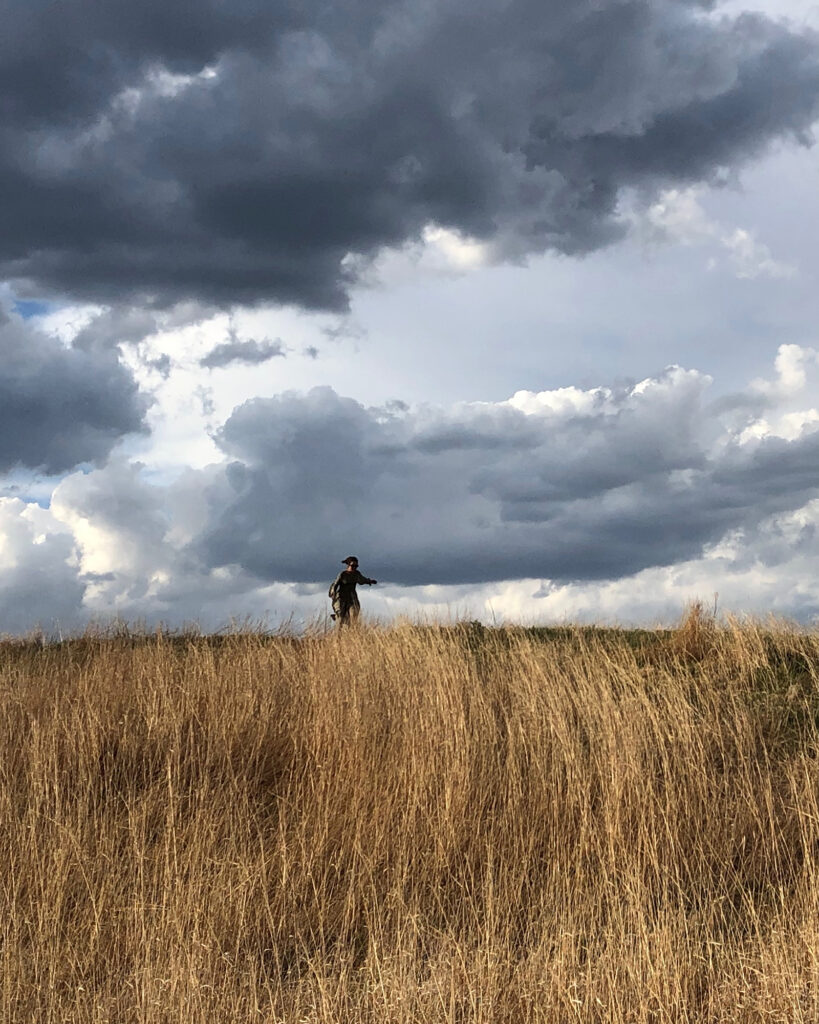
“Let Children Alone.—In conclusion, let me say that the education of habit is successful in so far as it enables the mother to let her children alone, not teasing them with perpetual commands and directions—a running fire of Do and Don’t; but letting them go their own way and grow, having first secured that they will go the right way, and grow to fruitful purpose. The gardener, it is true, ‘digs about and dungs,’ prunes and trains, his peach tree; but that occupies a small fraction of the tree’s life: all the rest of the time the sweet airs and sunshine, the rains and dews, play about it and breathe upon it, get into its substance, and the result is—peaches. But let the gardener neglect his part, and the peaches will be no better than sloes.” (Vol I, p 134)
@antonella.f.greco
May 31, 202
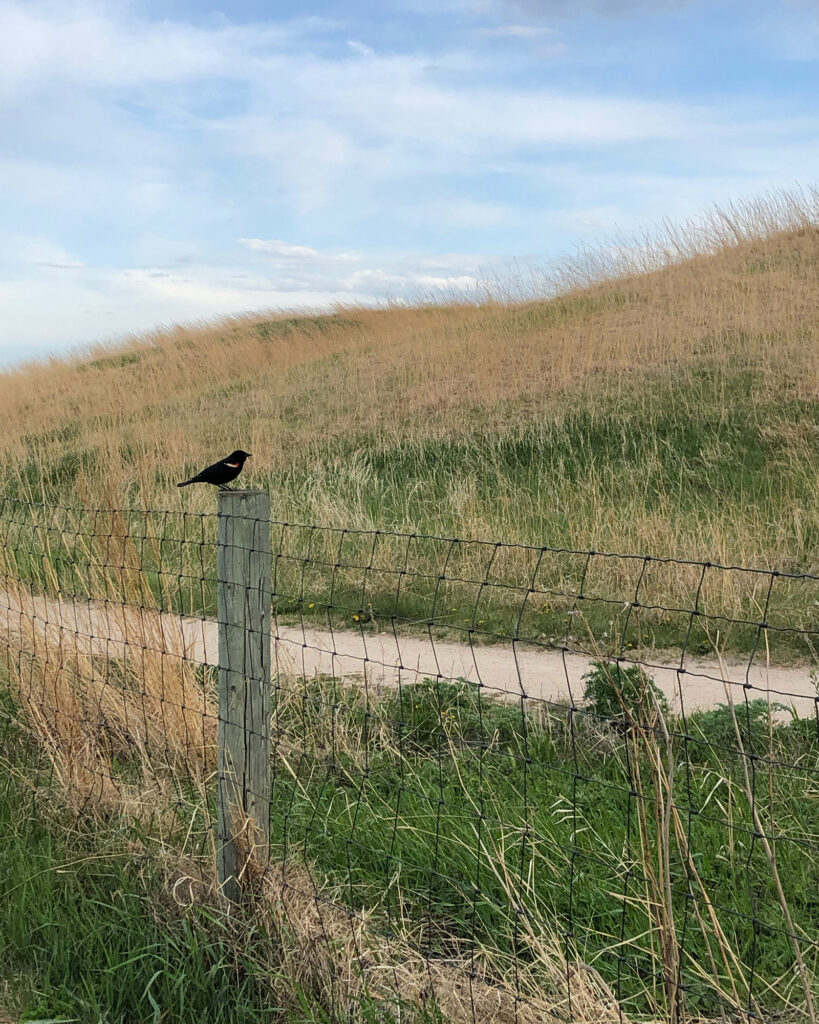
The male red winged blackbird.
Their scarlet and yellow epaulets against their black body are quite striking and tend to catch my eye.
I often see them perched precariously on a cat-tail or some other kind of tall grass, swaying in the wind. They have a distinct and funny song which they sing repeatedly and with great gusto.
The females are streaky and spotted and brown and are hard to match up with their male counterparts, though they do also have a small red triangular epaulet.
Keep your ears and eyes open and let me know if you spot some where you live!
@antonella.f.greco
June 1, 2025
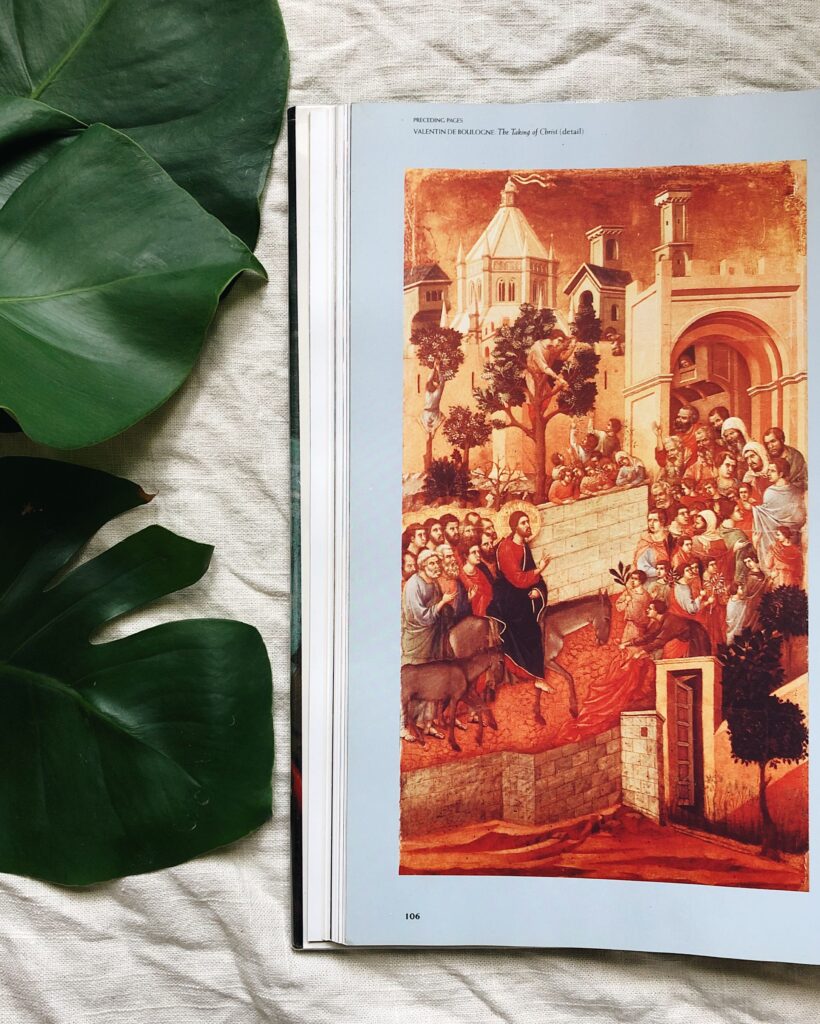
St. Augustine wrote, “You see, brethren, how a hen becomes weak with her chickens. No other bird, when it is a mother, shows its maternity so clearly. We see all kinds of sparrows building their nests before our eyes; we see swallows, storks, doves, every day building their nests; but we do not know them to be parents, except when we see them on their nests. But the hen is so enfeebled over her brood that even if the chickens are not following her, even if you do not see the young ones, you still know her at once to be a mother. With her wings drooping, her feathers ruffled, her note hoarse, in all her limbs she becomes so sunken and abject, that, as I have said, even though you cannot see her young, you can see she is a mother. That is the way Jesus feels.”
That is the way Jesus feels. He felt that way two thousand years ago when He entered Jerusalem, and He feels that way today. He has room for you under His wings. Won’t you go and find your home there?
Meditate on the heart of Christ with Charlotte Mason’s poem today, which you can read or hear at this link.
@artmiddlekauff